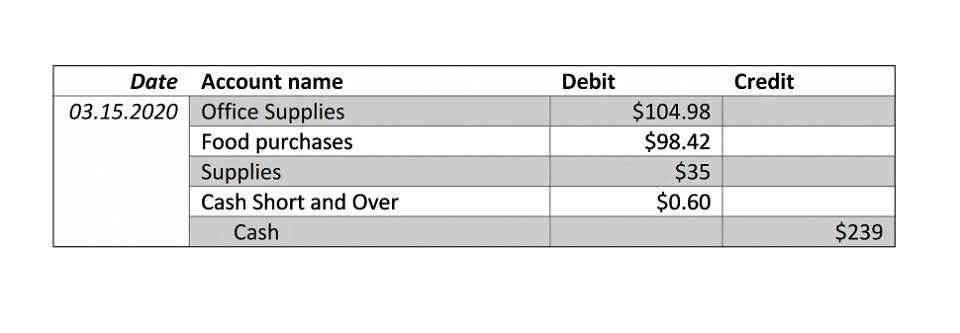
According to KPMG, companies that benchmark using vertical analysis outperform their peers by 12% in profitability. Vertical analysis is a useful tool for evaluating financial statements, with over 90% of Fortune 500 companies using it in their Financial Forecasting For Startups financial reporting process according to a survey by PwC. The widespread adoption of vertical analysis indicates its effectiveness in providing insights into the financial health and performance of companies. Showing the relative size of each financial statement item allows investors and analysts to assess the financial structure of companies. Vertical Analysis using the Balance Sheet is particularly useful in comparing companies of different sizes. According to a report by Deloitte India, 85% of large corporations employ vertical analysis in their financial reviews.
Select the Time Period

This allows you to see the proportional makeup of revenue and expenses over time or compare across companies. Common size balance sheet expresses each line item as a percentage of total assets. If total assets were Rs. 500 crores, current assets were Rs. 150 crores, and fixed assets were Rs. 300 crores, the common size balance sheet would state as below. Common size income statement refers to an income statement where each line item is expressed as a percentage of total revenue. For example, irevenue was Rs. 100 crores, cost of goods sold was Rs. 60 crores, and operating expenses were Rs. 20 crores, then common size income statement would show as below.

Step 2. Vertical Analysis of Income Statement
- Businesses that experience seasonal fluctuations in their revenue and expenses may find that vertical analysis provides an incomplete picture.
- The widespread adoption of vertical analysis indicates its effectiveness in providing insights into the financial health and performance of companies.
- The operating margin ratio calculates operating income as a percentage of total revenue.
- Access and download collection of free Templates to help power your productivity and performance.
- Unlike the unadjusted income statement and balance sheet, the common size variations can be used for peer-to-peer comparisons between different companies.
- Google Sheets offers plenty of Data Analysis features that we can use to make sense of large data sets.
For each line item, we’ll divide the amount by the corresponding period’s revenue to arrive at our contribution percentages. Once the historical data from 2021 has been inputted into Excel, we must determine the base figure to use. Let us understand the advantages of vertical analysis equation through the points below. Vertical analysis is used to gain a picture of whether performance metrics are improving or deteriorating.

Example of Vertical Analysis Formula

To reiterate from earlier, dividing by total assets is akin to dividing by the sum of liabilities and equity. Despite the various advantages, there are a few factors unearned revenue of vertical analysis accounting that prove to be a disadvantage. Below is a break down of subject weightings in the FMVA® financial analyst program. As you can see there is a heavy focus on financial modeling, finance, Excel, business valuation, budgeting/forecasting, PowerPoint presentations, accounting and business strategy. Vertical analysis is most commonly used within a financial statement for a single reporting period, e.g., quarterly. It is done so that accountants can ascertain the relative proportions of the balances of each account.
- And analyzing liabilities and equity as a percentage of total assets illustrates the degree of financial leverage being used.
- The normalization and standardization provided by converting figures into percentages of a total make vertical analysis a crucial tool for effective financial analysis and strategic decision making.
- The opposite of the vertical analysis of financial statements is the Horizontal analysis always looks at the amount from the financial statement over the horizon of many years.
- Vertical analysis is a useful tool for evaluating financial statements, with over 90% of Fortune 500 companies using it in their financial reporting process according to a survey by PwC.
- This could prompt management to reevaluate their marketing strategy or cost structure to enhance profitability.
But we’ll utilize the latter here, as vertical analysis equation that tends to be the more prevalent approach taken. Strike offers a free trial along with a subscription to help traders and investors make better decisions in the stock market. Google Sheets offers plenty of Data Analysis features that we can use to make sense of large data sets.

Startups and mature companies can exhibit vastly different financial characteristics. A startup might have high operating expenses as a percentage of revenue due to initial investment in growth, while a mature company might have lower percentages due to established operations. Comparing these companies using vertical analysis alone may not provide an accurate assessment. Vertical analysis looks at the contributing percentage of each line item to the total base figure. It can provide information on which metrics are improving and which are worsening.